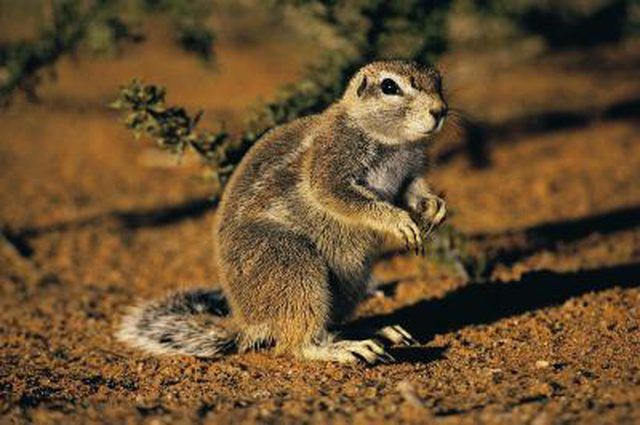Bulbs
Flower Basics
Flower Beds & Specialty Gardens
Flower Garden
Garden Furniture
Garden Gnomes
Garden Seeds
Garden Sheds
Garden Statues
Garden Tools & Supplies
Gardening Basics
Green & Organic
Groundcovers & Vines
Growing Annuals
Growing Basil
Growing Beans
Growing Berries
Growing Blueberries
Growing Cactus
Growing Corn
Growing Cotton
Growing Edibles
Growing Flowers
Growing Garlic
Growing Grapes
Growing Grass
Growing Herbs
Growing Jasmine
Growing Mint
Growing Mushrooms
Orchids
Growing Peanuts
Growing Perennials
Growing Plants
Growing Rosemary
Growing Roses
Growing Strawberries
Growing Sunflowers
Growing Thyme
Growing Tomatoes
Growing Tulips
Growing Vegetables
Herb Basics
Herb Garden
Indoor Growing
Landscaping Basics
Landscaping Patios
Landscaping Plants
Landscaping Shrubs
Landscaping Trees
Landscaping Walks & Pathways
Lawn Basics
Lawn Maintenance
Lawn Mowers
Lawn Ornaments
Lawn Planting
Lawn Tools
Outdoor Growing
Overall Landscape Planning
Pests, Weeds & Problems
Plant Basics
Rock Garden
Rose Garden
Shrubs
Soil
Specialty Gardens
Trees
Vegetable Garden
Yard Maintenance
How Plants & Animals Rely on Each Other in the Desert
How Plants & Animals Rely on Each Other in the Desert. The desert is a dry, hot, arid expanse that can stretch for thousands of miles. One of the world's six biomes, the desert is home to many plants and animals. Some deserts, such as the Sahara, are the size of large countries. Animals and plants native to the desert rely on each other for food,...
The desert is a dry, hot, arid expanse that can stretch for thousands of miles. One of the world's six biomes, the desert is home to many plants and animals. Some deserts, such as the Sahara, are the size of large countries. Animals and plants native to the desert rely on each other for food, shelter and protection from the sun. Even in the unforgivable heat of the desert, plants and animals have found a way to adapt and thrive.
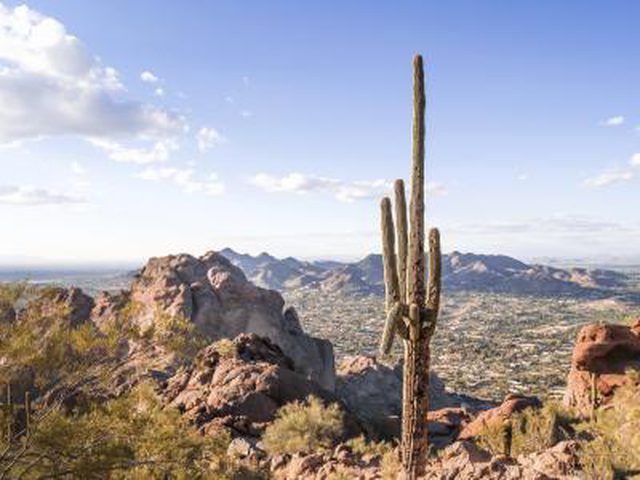
Animals and plants could not survive in the desert without each other. The relationship between plants and animals is one of interdependence. Animals seek food and shelter through the desert plants and plants need animals to help them pollinate and grow flowers. According to Desert USA, animals are instrumental in both fertilizing and spreading plant seed throughout the desert. These animals help to maintain diverse plant life within the desert.
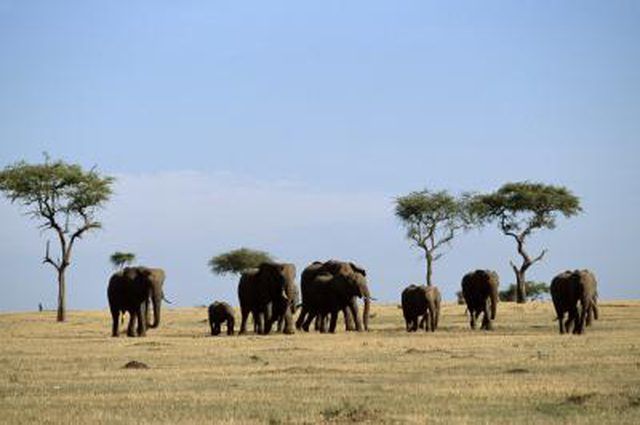
The saguaro cactus is a friend to many animals in the desert. Its long body stores water and many small animals find refuge in the shadow of the saguaro cacti. Lesser long-nosed bats help the saguaro cactus by gathering pollen from one part of the plant and pollinating another part, helping to create flowers for the saguaro cactus. According to the Missouri Botanical Garden website, barrel cacti store water and shrink slowly as the stored water is being used. Animals can drink from a barrel cactus only if they are small enough to fit between the plant's long, sharp needles.
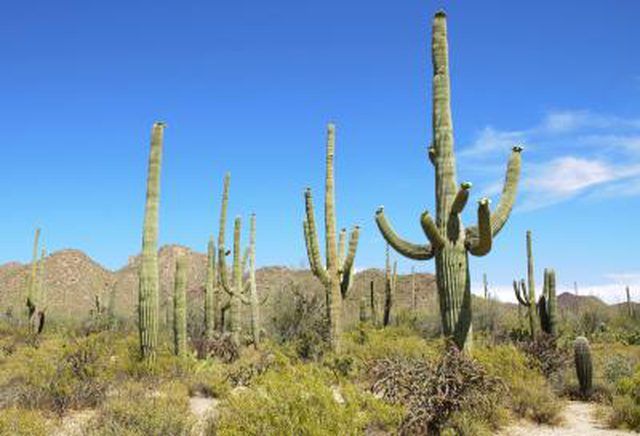
The Joshua Tree is a small tree with spiky leaves native to the Mohave Desert. Animals live off the fruit that the Joshua Tree produces. The yucca plant is a desert plant that depends on special moths called yucca moths. The plant comes in many varieties and specific moths tend to each variety. Only the species of moth that naturally pollinates that particular plant can ensure a yucca plant's survival.
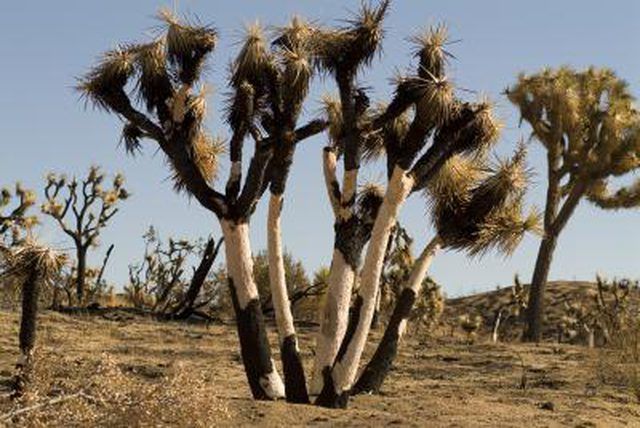
Pollination assists plants in staying healthy and viable. Some of the most familiar cases of pollination are accomplished by bees. Bumble bees feed off the pollen produced by many types of flowers and then spread that pollen among different flowers. Some pollen is even dropped on the ground, which can help produce new flowers. The same process occurs in the desert. Feeding desert animals help cacti and other desert plants stay alive.
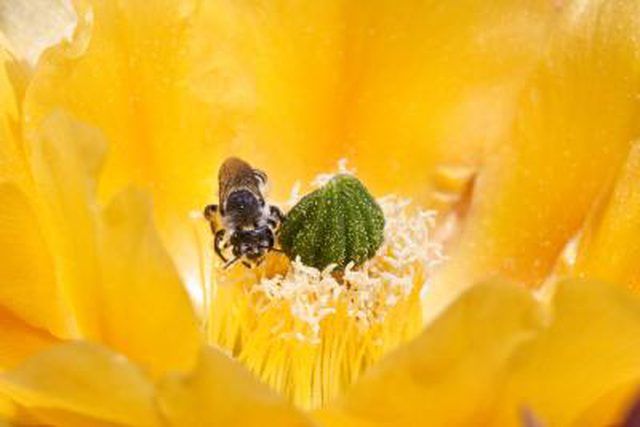
Animals native to the desert have evolved to only need small amounts of water at a time. Many animals depend on cacti and other large desert plants to provide them with water, however, some animals use the sap and nectar of desert plants to fulfill their need for water. According to Desert USA, some rodent species have the ability to extract water from dry plant seed. Their small bodies are equipped to manufacture the water metabolically. Even when offered water in captivity, these rodents do not drink it. They prefer to ingest water metabolically.
